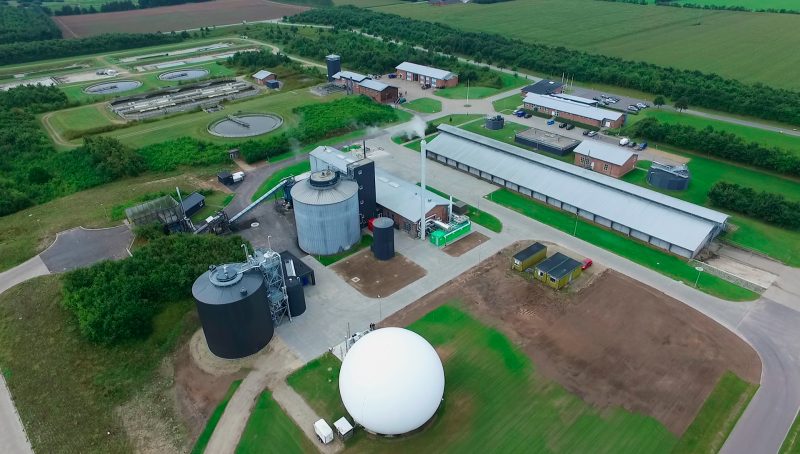Solution provider

Case
Circular business models
Climate change adaptation
District energy
+14


Add the case to your visit request and let us know that you are interested in visiting Denmark
Billund Biorefinery (BBR) - the future of resource recovery
Most urban waste management strategies are aimed at reducing the eventual load on the environment after disposal. But in Billund municipality this strategy has been taken to a new level where urban waste streams and not just managed but completely utilized. Billund biorefinery (BBR) is a scalable and relatively easily implementable model for circular economy. It is also a fine example of a successful Public-Private partnership, with a payback time of only 9 years.
The design of the biorefinery is based on a basic activated sludge wastewater treatment plant combined with anaerobic digestion where other selected processes were added to create the BBR. This means that any ordinary wastewater treatment plant can be remodeled to function as a biorefinery.
Energy, clean water and fertilizer production:
BBR is a pathbreaking example of how urban waste streams can be turned into profitable resources while being uncompromising with regards to environmental protection and sustainability. As the name biorefinery suggests, the facility is a modern day refinery that uses waste streams instead of traditional crude oil to generate electrical and heat energy and to produce cleaned water and high quality natural manure.
The BBR receives urban wastewater and source separated organic household wastes along with organic industrial wastes. These streams are processed through a generic wastewater treatment plant, and a highly effective three step anaerobic Digestion- thermal Lysis – anaerobic Digestion (DLD) system. The lysis process comprises of the innovative ExelysTM thermal hydrolysis reactor. The nitrogen rich reject water from the anaerobic processes is cleaned using AnitaMoxTM, an anammox process. The BBR uses online monitoring and control thus reducing the number of human hours required for the operation of the plant. The dynamic online control system STARTM reduces energy usage while increasing energy production and enhancing the effluent quality.
Circular economy with urban wastes:
BBR is thus able to generate 3 times the energy it uses in its entire concern which includes the energy for water supply, sewerage collection and the treatment processes themselves. This excess energy is sold to the local electricity grid and to the district heating grid. The nutrient rich natural manure which is strictly regulated by the government and subjected to rigorous quality checks with respect to heavy metals, xenobiotics, plastics and microbes is supplied to the local farming community thus improving phosphorous security. The outlet quality of the treated wastewater is much higher than what is required by regulations. The effluent nutrient concentration is only a quarter of the level required by the Danish legislation.
Visitors are always welcome as we at BBR are committed to environmental protection, sustainable development and circular economy and thus wish to spread the idea and knowledge gained from our experiences.
The BBR project was financially supported by the Danish Eco-Innovation Programme (MUDP) and the Danish Water Sector Foundation (VTUF) and was in partnership with Krüger-Veolia A/S.